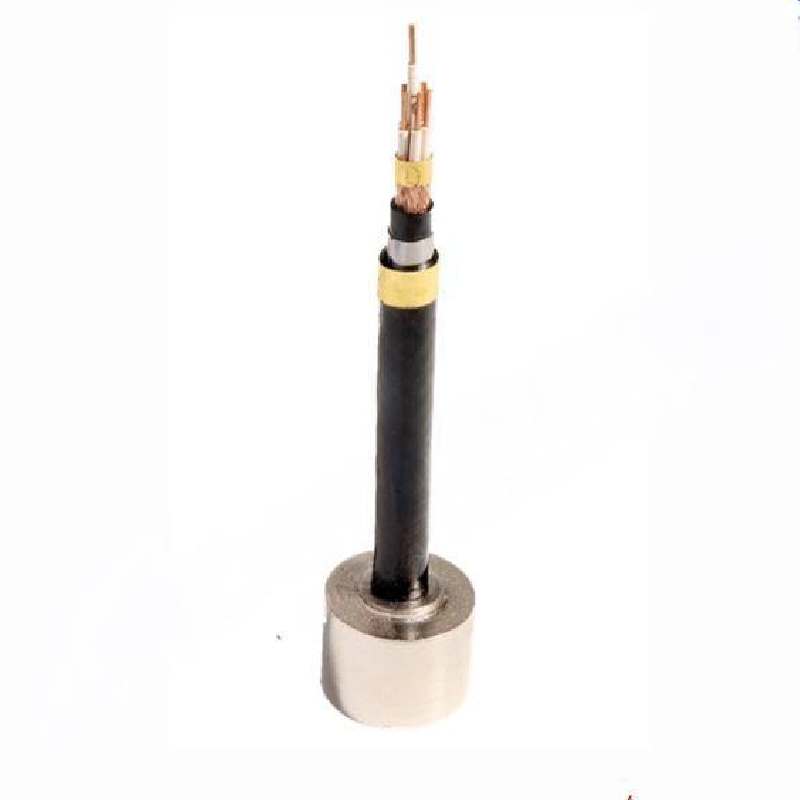Nov . 24, 2024 09:14 Back to list
flange adaptor and dismantling joint
Understanding Flange Adaptors and Dismantling Joints Key Components in Piping Systems
In modern engineering and plumbing systems, the choice of components that facilitate the seamless connection of pipes is crucial. Among these components, flange adaptors and dismantling joints play essential roles in ensuring efficiency, ease of maintenance, and the overall durability of the piping systems. This article delves into the features and benefits of flange adaptors and dismantling joints, explaining their importance in various industrial applications.
What is a Flange Adaptor?
A flange adaptor is a mechanical device designed to connect pipes of different materials and diameters. Typically constructed from materials such as ductile iron, stainless steel, or polyethylene, flange adaptors provide a robust interface for joining pipes while accommodating variations in design and size. The principal function of a flange adaptor is to create a secure and pressure-tight seal between two pipes.
Flange adaptors are usually equipped with bolted flange connections on one side, allowing them to attach securely to a fixed surface, such as a valve or another pipe section. They often feature a gasket or O-ring to ensure a leak-proof joint. This versatility makes flange adaptors widely used in water distribution, sewage systems, and various industrial applications, where reliable and flexible pipe connections are paramount.
The Role of Dismantling Joints
Dismantling joints, on the other hand, serve a different but equally important function in piping systems. These joints enable the easy disassembly of piping components for maintenance, repair, or replacement without the need for cutting the pipes. This is particularly advantageous in tight spaces or complex piping networks where accessibility can be a challenge.
Typically installed between two fixed points, dismantling joints are equipped with various features, such as telescopic adjustments, flexible seals, and integral flanges, which facilitate their use. They allow for axial movement, thus providing some level of adjustment while also maintaining a secure connection. This makes dismantling joints an ideal choice for systems where frequent maintenance is necessary, such as in HVAC systems, water treatment plants, and industrial process systems.
flange adaptor and dismantling joint

Advantages of Using Flange Adaptors and Dismantling Joints
Both flange adaptors and dismantling joints come with distinct advantages that contribute to the efficiency and longevity of piping systems.
1. Ease of Installation and Maintenance The design of flange adaptors allows for straightforward installation on existing pipelines, enabling quick modifications or expansions. Dismantling joints, with their user-friendly disassembly features, save time and labor costs during maintenance tasks.
2. Flexibility These components can accommodate various piping materials and configurations, making them suitable for a wide range of industrial applications. This flexibility ensures that engineers and technicians can design systems that are effective in different environments and conditions.
3. Cost-Effectiveness By reducing the need for cutting and welding during installations and repairs, flange adaptors and dismantling joints minimize downtime and labor costs, translating to better overall project budgets.
4. Durability and Reliability Made from high-quality, corrosion-resistant materials, these components ensure long-lasting performance. Their robust design also helps withstand pressure fluctuations and environmental challenges, providing reliable service over time.
Conclusion
Flange adaptors and dismantling joints are indispensable tools in the realm of piping systems, offering unique functionalities that enhance the overall efficiency and reliability of infrastructure. By understanding their roles and advantages, engineers and technicians can make informed decisions when designing and maintaining piping systems, ultimately leading to safer and more efficient operations. As industries continue to evolve, the importance of these components will remain crucial in meeting the demands of modern engineering challenges.
Share
-
Reliable Wafer Type Butterfly Valves for Every IndustryNewsJul.25,2025
-
Reliable Flow Control Begins with the Right Ball Check ValveNewsJul.25,2025
-
Precision Flow Control Starts with Quality ValvesNewsJul.25,2025
-
Industrial Flow Control ReliabilityNewsJul.25,2025
-
Engineered for Efficiency Gate Valves That Power Industrial PerformanceNewsJul.25,2025
-
Empowering Infrastructure Through Quality ManufacturingNewsJul.25,2025